Alan Titchmarsh: The iconic British garden designer who worked for kings, queens and A-listers across the world
Great garden designers 'have a plant vocabulary that runs into hundreds or even thousands' says Alan — and that's at the heart of Russell Page's genius.
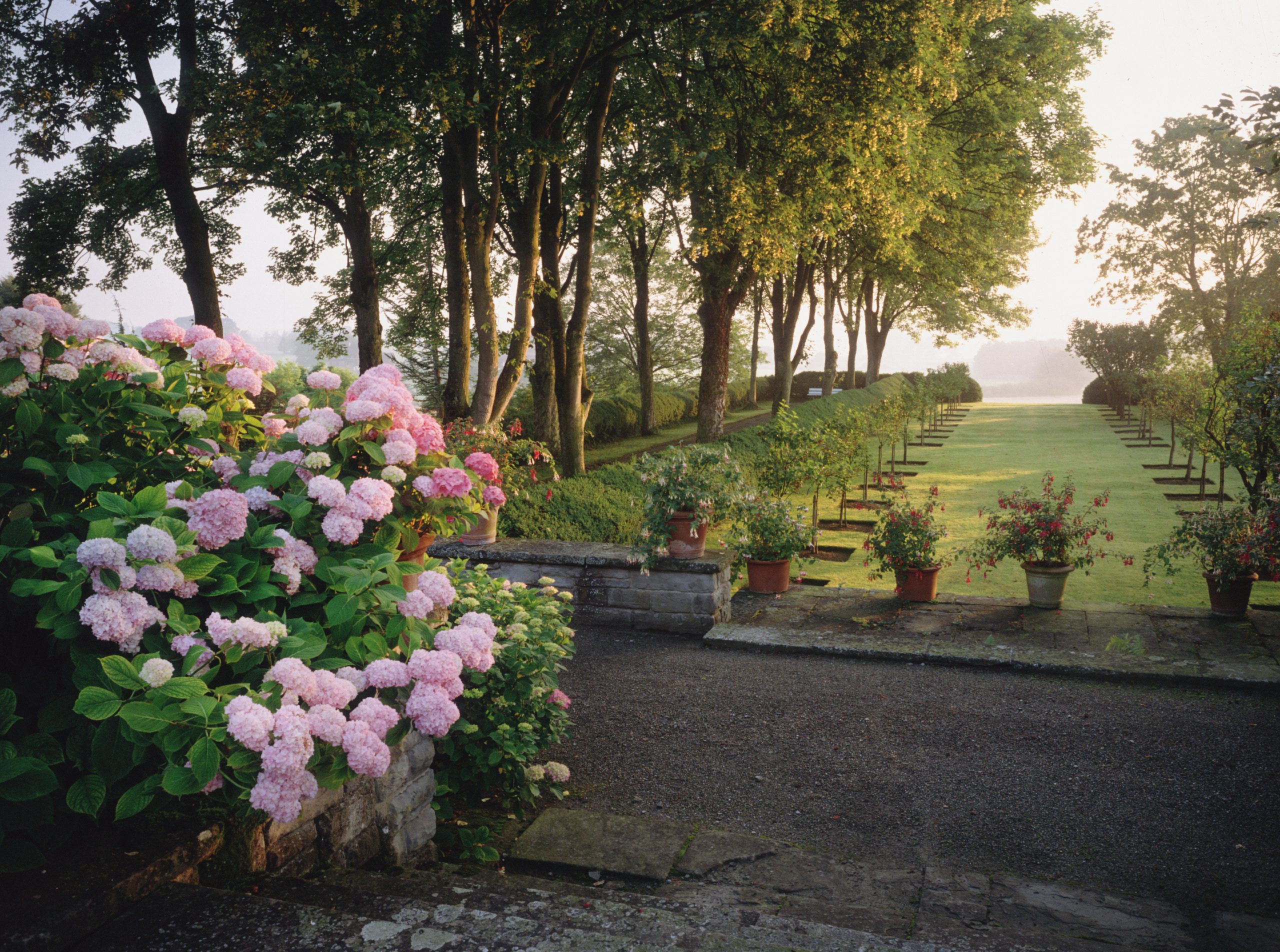
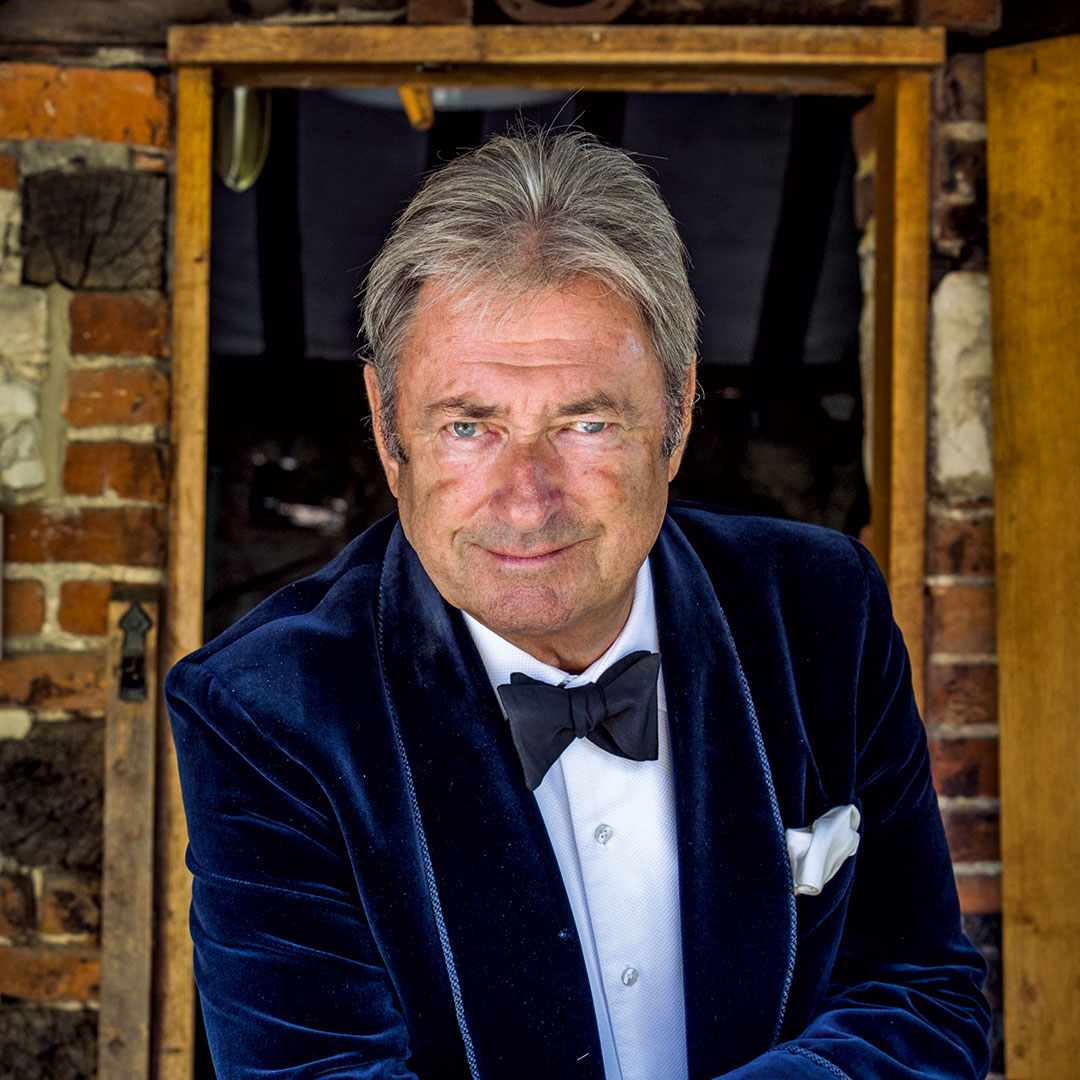
In the pantheon of great garden designers, the name of Russell Page looms large. It might be assumed that this is due to the quality of his clientele: kings, queens, magnates and musicians, but at the root of it all — apart from talent — is the fact that Page grew his career, quite literally, from the ground up. The re-publication of his memoir The Education of a Gardener serves as a reminder that, when it comes to designing gardens, no amount of artistic talent can make up for lack of plant knowledge.
Leonardo da Vinci, Canaletto, Joshua Reynolds and Pablo Picasso, regardless of what you think of their style, all knew how paint worked — how to mix it, how to apply it, its properties and its shortcomings. There are parallels in garden design: it is not enough to draw pleasing patterns on graph paper and to know a couple of dozen good plants that will suit most situations.
Great garden designers have a plant vocabulary that runs into hundreds or even thousands. Page was one such. Why? Because his career was founded on a love of plants.
A campanula he bought at the age of 14 led him to build a rock garden to accommodate it, together with other alpines that sparked his interest. He grew his career pyramid with a broad base, founded on plant knowledge, which, combined with his artistry and talent, made him one of the greatest of garden designers. Schooled at Charterhouse in Surrey and the Slade School of Art, his knowledge was augmented with visits to great gardens and great gardeners — Lawrence Johnston at Hidcote in Gloucestershire and Gertrude Jekyll at Munstead Wood in Surrey.
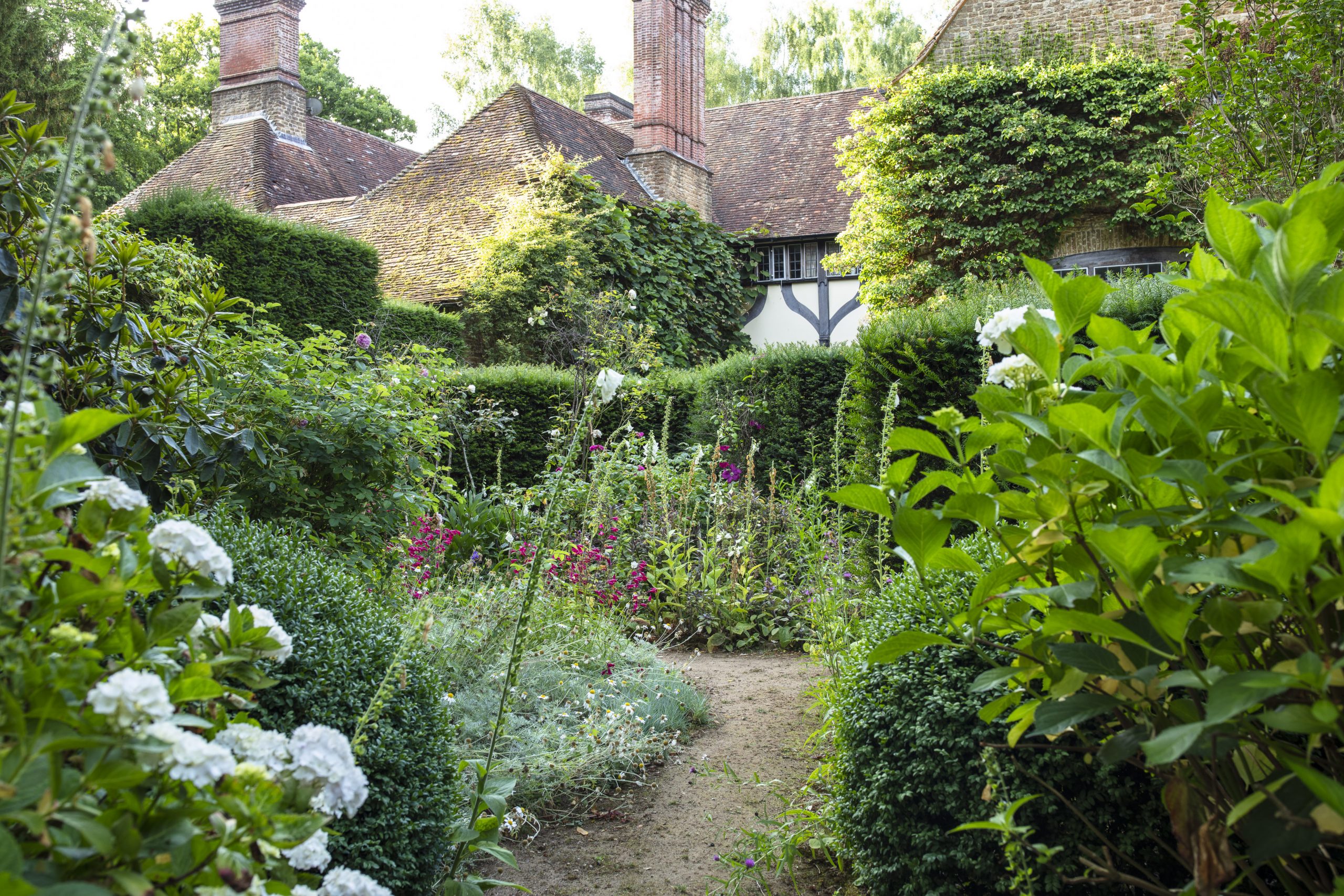
Page was a sponge: soaking up knowledge that he put into practice in his gardens — observing how plants grew, how they worked together, which conditions they suited — or not — and how best to use them for dramatic effect. He learned design from the likes of Geoffrey Jellicoe, Richard Sudell and Stéphane Boudin of Maison Jansen in Paris. He was a lifelong friend of the famous French horticulturist André Vilmorin.
I saw him 40 years ago at Chelsea Flower Show — shaven headed, with dark-rimmed glasses, wearing a black polo neck and black jacket. His appearance seemed intimidating. I wish I’d had the nerve to approach him and say how much I admired his work. As it was, I had to make do with a signed copy of The Education of a Gardener, bought from the nearby bookstall.
What made him so intimidating? I suppose it had something to do with the fact that most of his clients were famous, wealthy and powerful: the Duke and Duchess of York (later George VI and Queen Elizabeth), the King of the Belgians, the Duke and Duchess of Windsor, the Fiat heir Gianni Agnelli, William and Suzanna Walton on the Italian island of Ischia and the Wrightsmans in the US.
Sign up for the Country Life Newsletter
Exquisite houses, the beauty of Nature, and how to get the most from your life, straight to your inbox.
He was well aware of his own worth: ‘I know more about plants than most designers, and more about design than most plantsmen.’ That combined knowledge took him all over the world, designing intimate gardens for a discerning — and well-heeled — clientele, as well as vast expanses of terrain such as the 140-acre PepsiCo garden in New York.
Yet none of these connections could have made up for a lack of talent. In 1951, he was involved in designing gardens for the Festival of Britain in Battersea Park. It earned him an OBE.
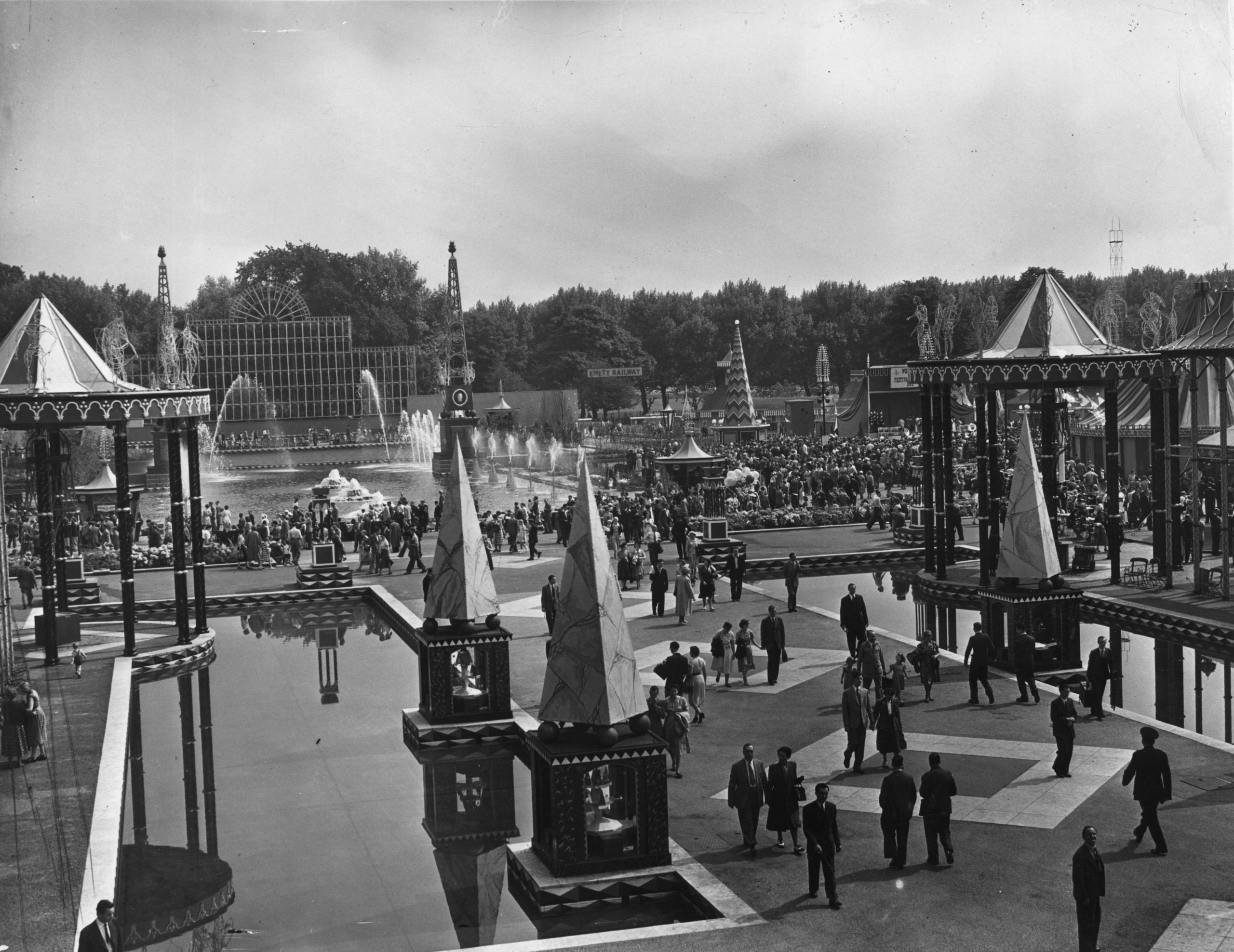
In The Education of a Gardener, we learn about his passion for plants, his opinions on how they should best be used and his views on what makes a good garden. His name may be little known to a new generation of garden designers, but they would do well to sit down and read his memoir, which is a heartening tale of how a boy who loved rock plants transformed into a highly respected designer of high-class gardens around the globe.
As are all of us who design gardens, he was aware of the frustrations of working with a material whose shape, form and colour is forever shifting. Our works of art are never finished, which is why Page confessed to finding that the process gave him more pleasure than the results.
I suppose we are all a little like that. ‘Success,’ they tell us, ‘is a journey, not a destination.’ Page would add that the same could be said for garden design. Not that clients had any complaints about his work. They revered the results every bit as much as the man who created them.
Alan Titchmarsh’s book The Gardener’s Almanac is out now
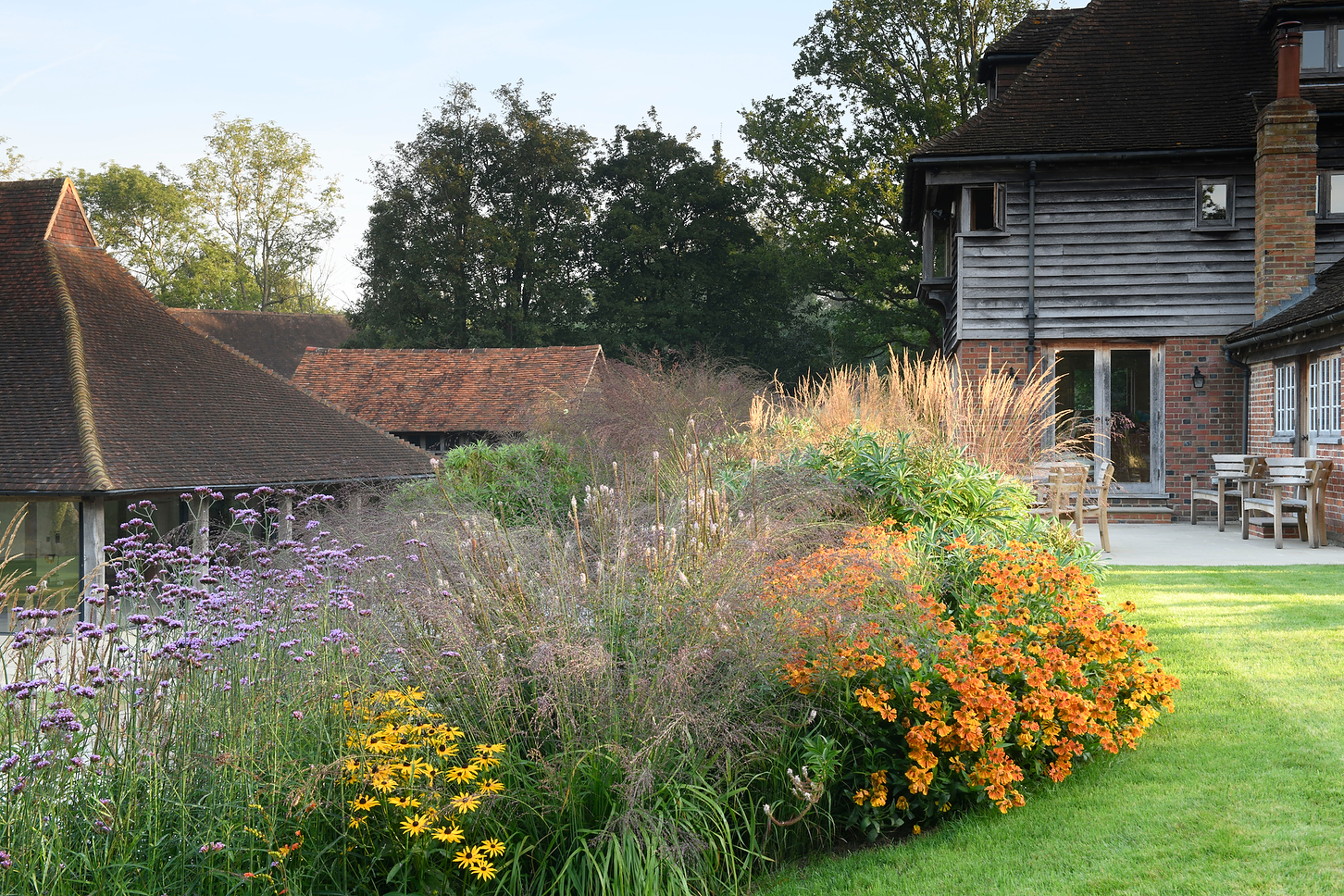
The best garden designers and landscapers in Britain
A beautiful country house is as much about its surroundings as its bricks and mortar, something that the best garden
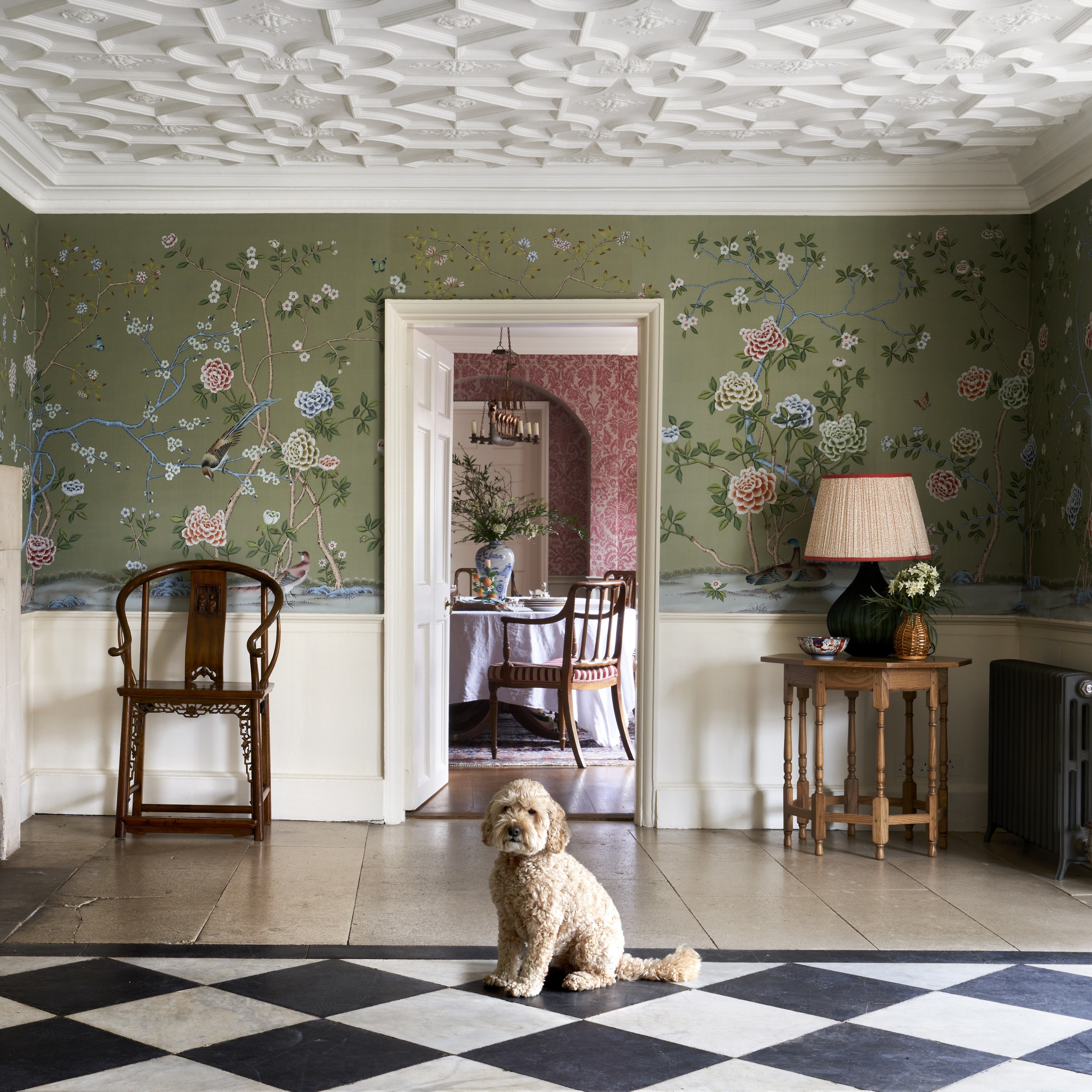
The Country Life Top 100 architects, interior designers, craftsmen, builders and garden designers in Britain
It's now six years since the original Country Life Top 100 was published, but the aim hasn't changed: we name
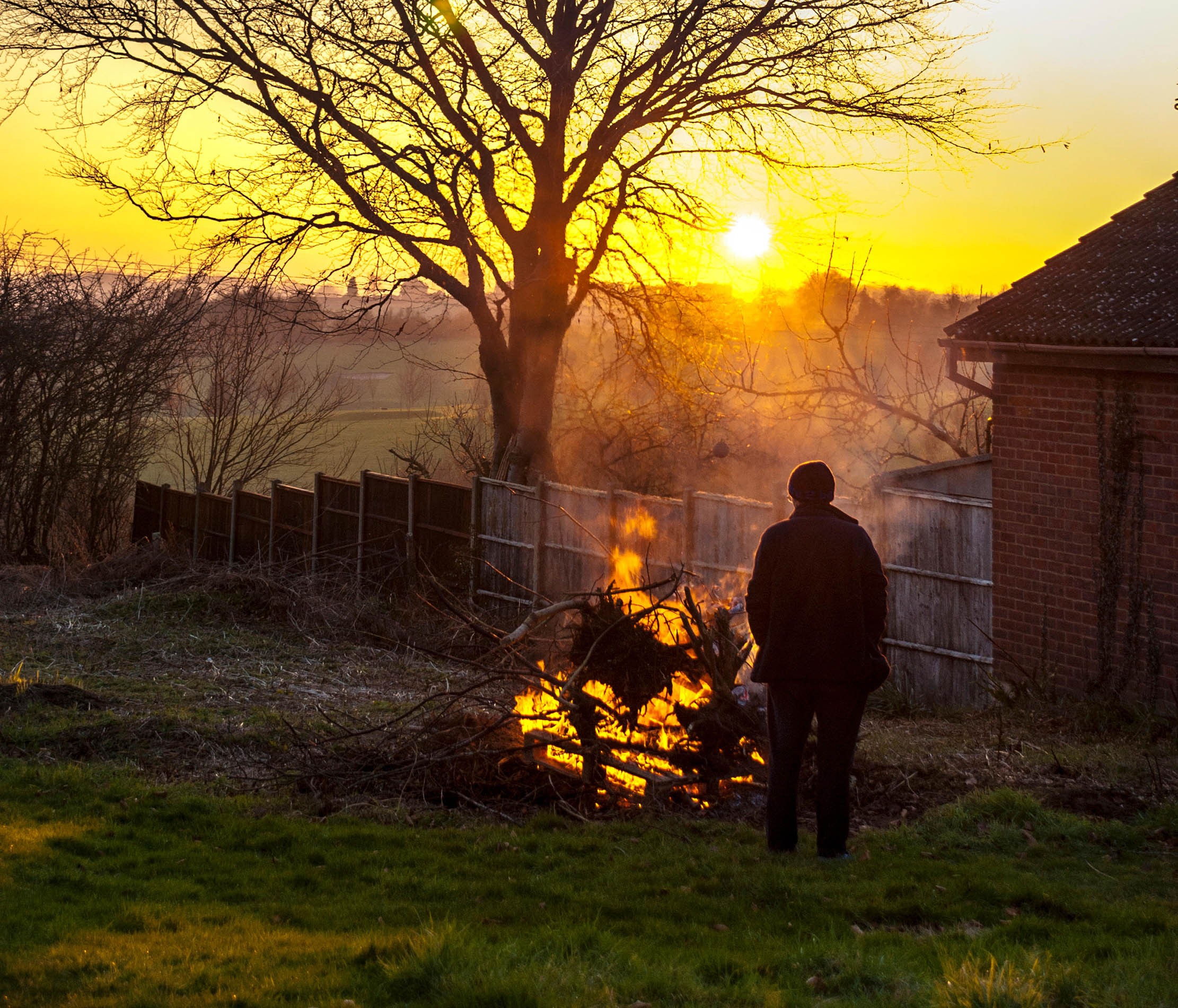
Credit: Alamy Stock Photo
Noel Kingsbury: How to make a bonfire that doubles as a spectacular natural firework display
Garden designer Noel Kingsbury on the joy of a good bonfire.
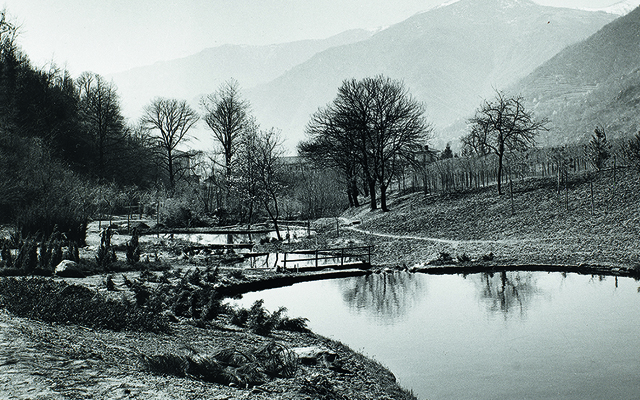
Exhibition review: Russell Page at the Garden Museum in London
Helen Attlee review an exhibition on Russell Page, the first modern garden designer.
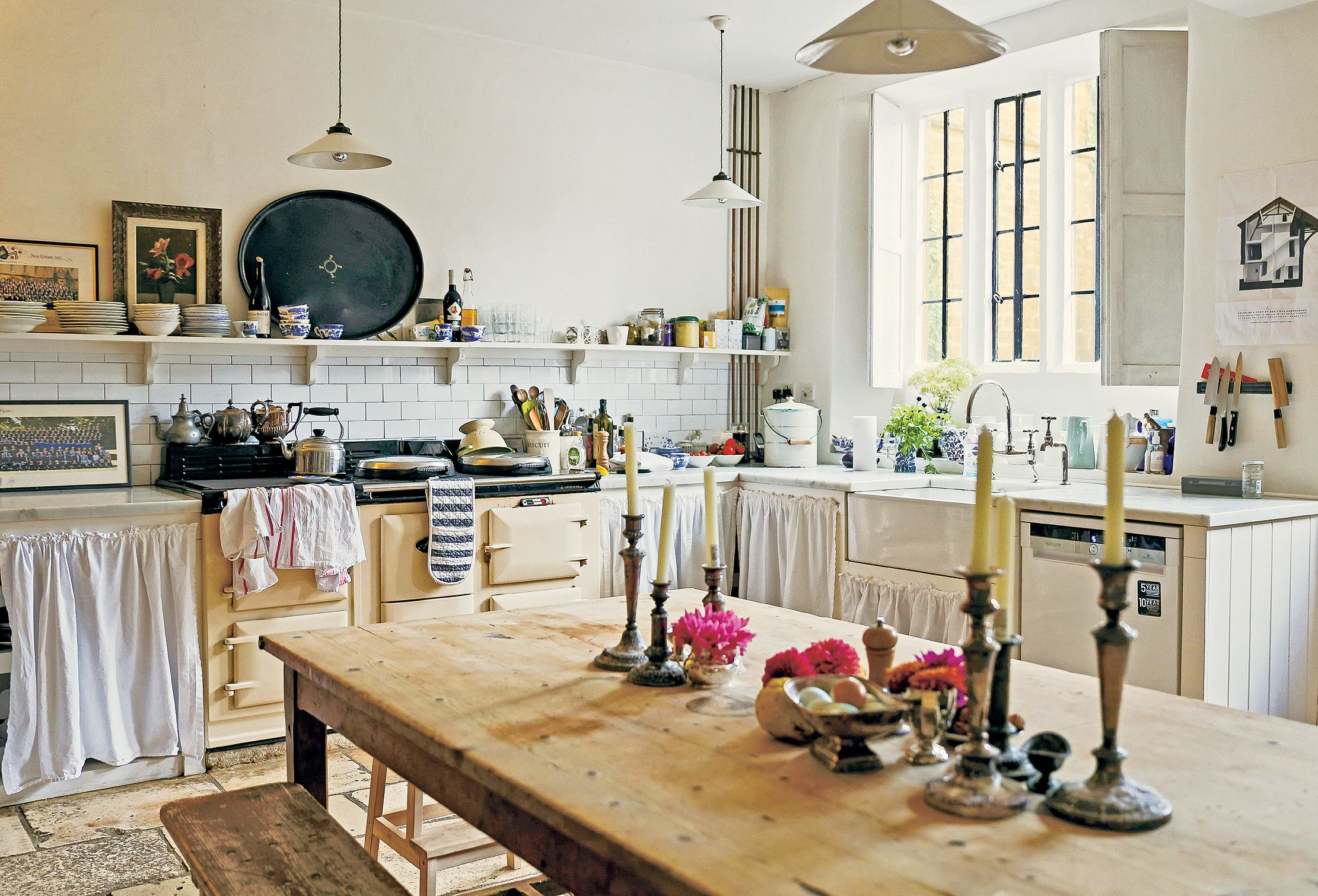
Credit: Stacey Bewkes / Rizzoli
The garden designer who turned her hand to interiors, and created this gorgeous country kitchen
From a blank canvas, garden designer Bridget Elworthy created a relaxed — and warm — country kitchen in an old
Alan Titchmarsh is a gardener, writer, novelist and broadcaster.
-
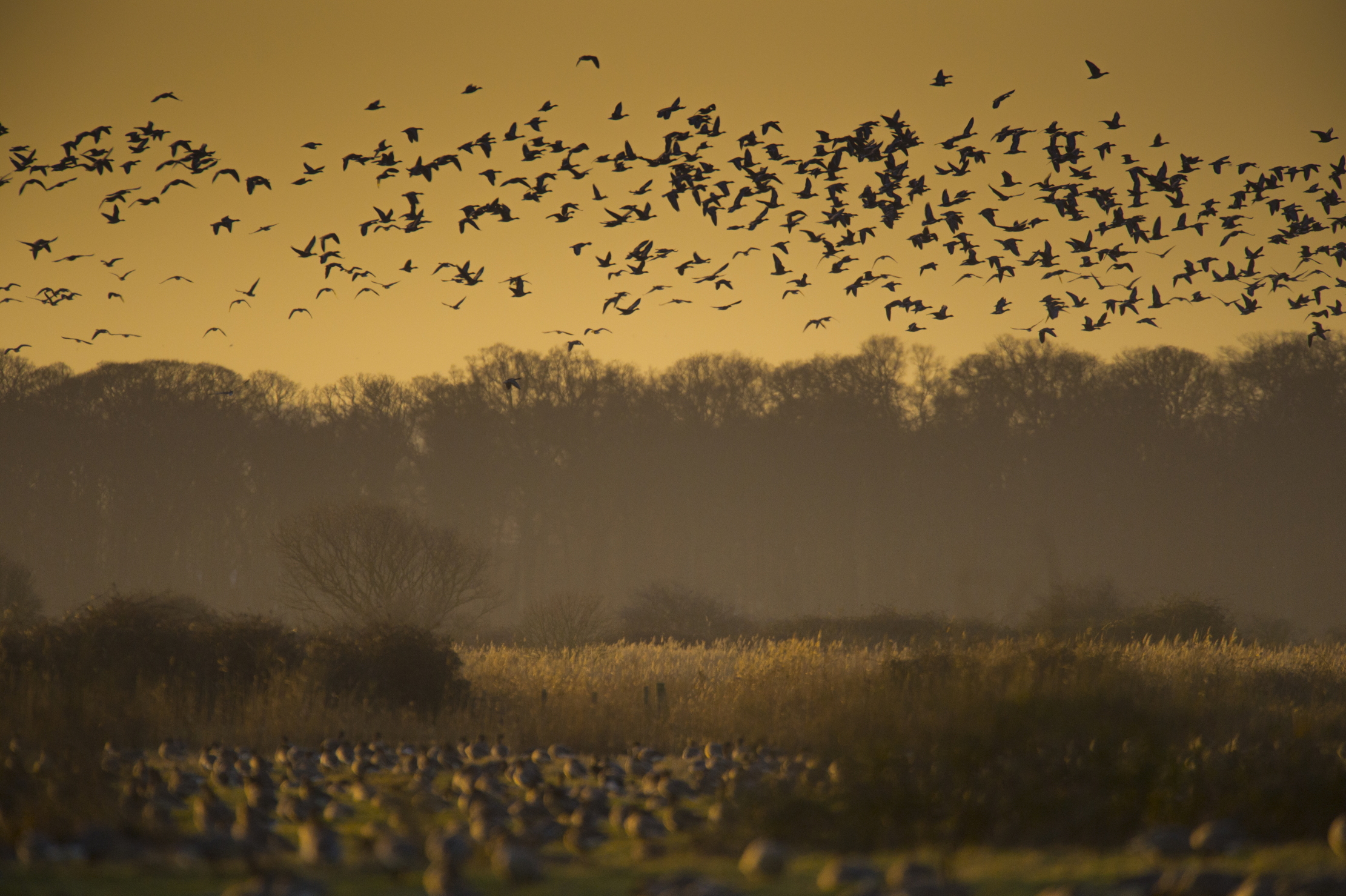 How an app can make you fall in love with nature, with Melissa Harrison
How an app can make you fall in love with nature, with Melissa HarrisonThe novelist, children's author and nature writer Melissa Harrison joins the podcast to talk about her love of the natural world and her new app, Encounter.
By James Fisher
-
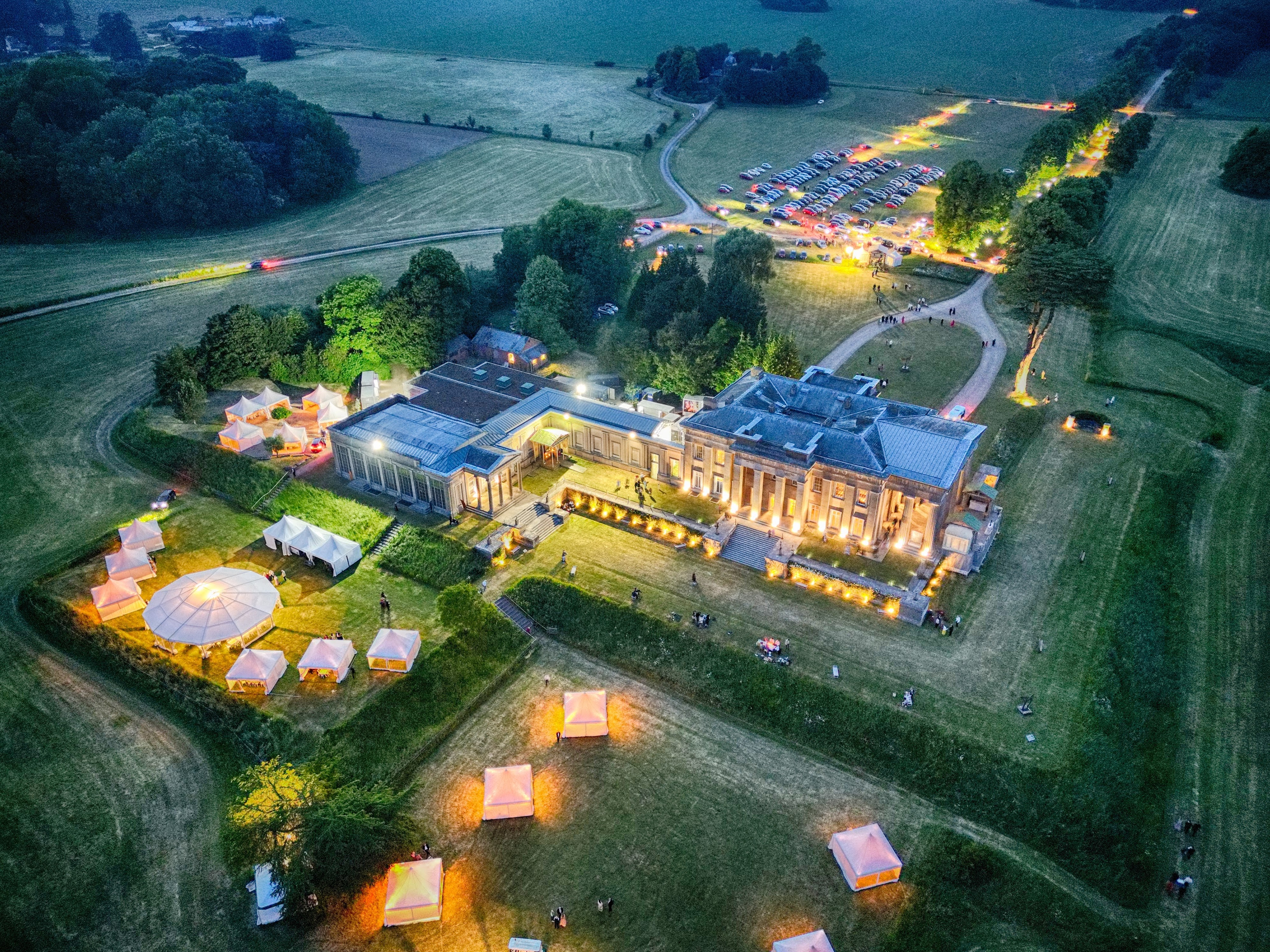 'There is nothing like it on this side of Arcadia': Hampshire's Grange Festival is making radical changes ahead of the 2025 country-house opera season
'There is nothing like it on this side of Arcadia': Hampshire's Grange Festival is making radical changes ahead of the 2025 country-house opera seasonBy Annunciata Elwes